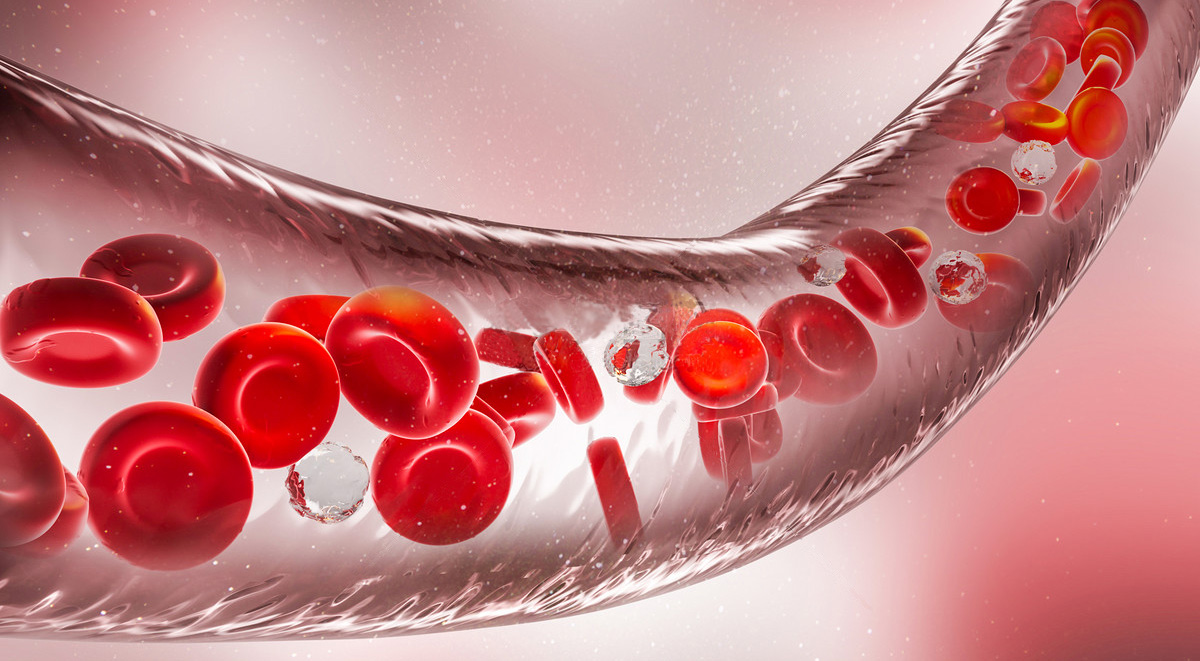For instance, neuropathy patients often have reduced blood flow, leading to insufficient oxygen and glucose supply to cells, including nerves. This results in decreased ATP production by mitochondria, which can cause pain or numbness, especially in the extremities.
How does Light Therapy Work?
Light energy prompts the release of nitric oxide from hemoglobin, which then relaxes muscle cells in blood vessel walls, expanding vessel diameter and enhancing blood flow.
Advantages of Light Therapy
This process triggers beneficial chemical reactions in damaged nerve cells, promoting healing primarily through increased blood flow.
Depth of Light Penetration
Light consists of photons, which are energy units. Regardless of the source, photons at a specific wavelength or color contain the same energy. Light at the blue end of the spectrum penetrates 2 to 4 millimeters, while red light penetrates 8 to 10 millimeters. Near-infrared light penetrates 20 to 100 millimeters due to its higher energy and lower resistance to absorption. However, this varies based on the presence of red blood cells, as hemoglobin absorbs near-infrared light, releasing nitric oxide.


